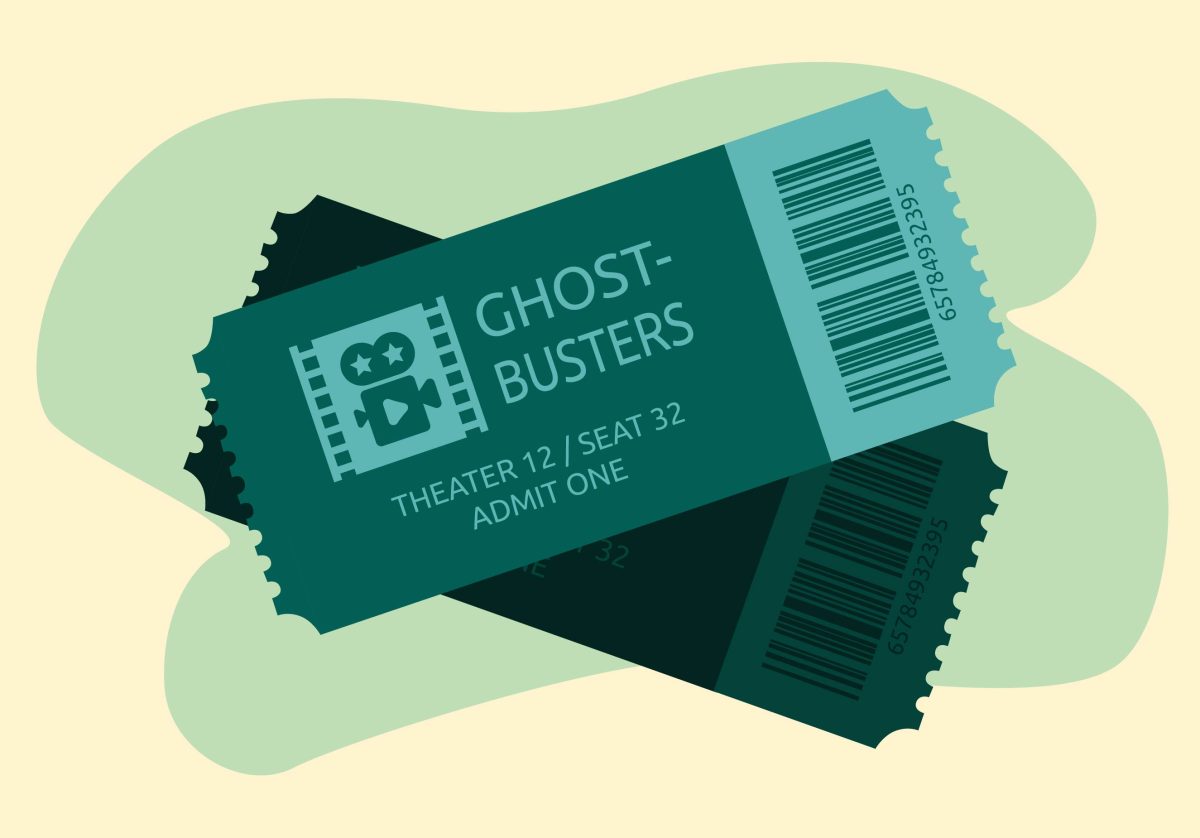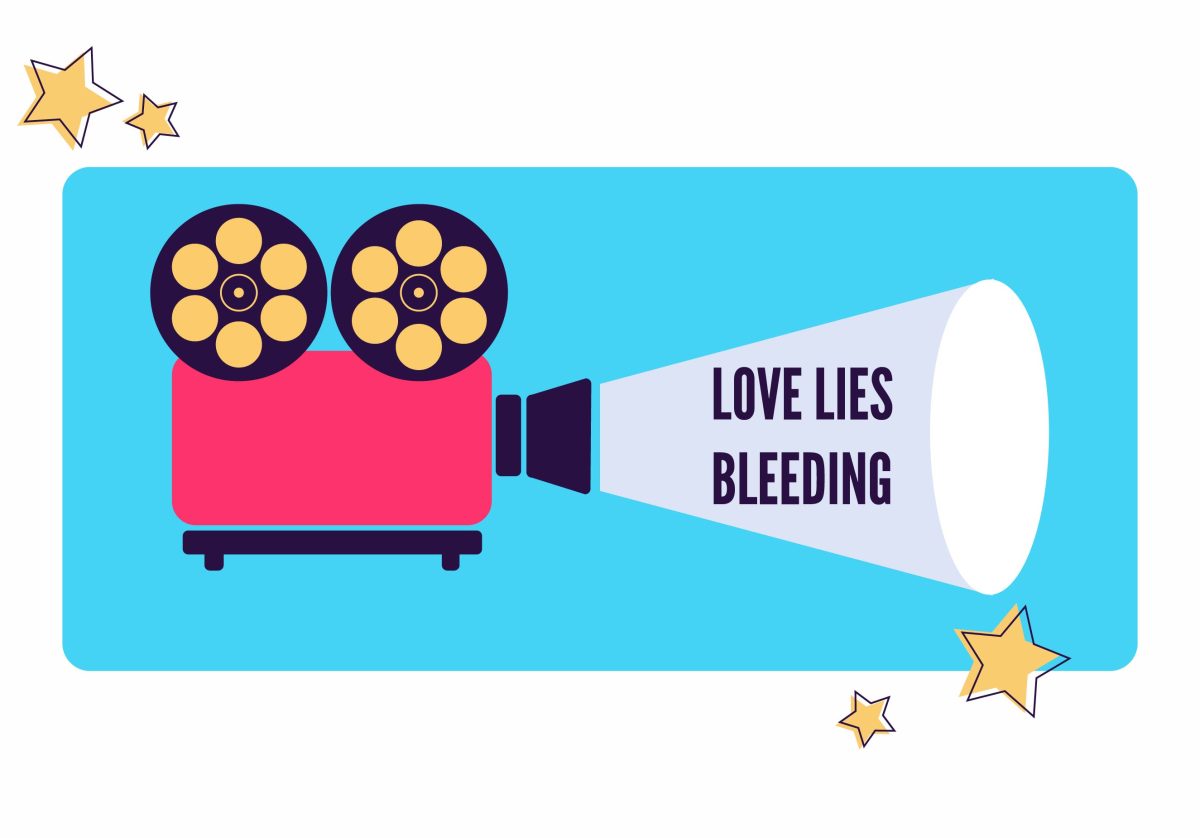In the United States there is a tendency to think about movies as an American form. They seem to be our exclusive domain, though we occasionally share them with Europeans when they want to make deep, artsy films, or with the Chinese when they find some guy who can really punch it up Kung Fu style. We imagine directors as the eccentric, behind-the-scenes neurotics who wrangle movie stars and shout “action” or “cut,” all the while screaming at some nervous assistant who has brought them a cup of coffee that is too hot. Then there are the stars, beautiful egomaniacs unable to rise above petty squabbles, constantly getting divorces and going to rehab. Movies have a story. The story has tension and resolution. There is dialogue. There are clear characters: good guys and bad guys and we all feel better when it’s over. There is a standard idea of what movies are and where they come from, but as with anything, if there is a standard, there must also be a deviation.
Godfrey Reggio’s “Koyaanisqatsi” and “Powaqqatsi” were required college viewing when they were first released, and a loyal cult following has continued to grow in the years since. Finally we are presented with the final film of his “Qatsi” trilogy, “Naqoyqatsi” or life as war, which hurtles viewers into an audio-visual experience aimed at displaying our own lives to us and revealing them as a series of incidents of civilized violence, all of which are shaped, translated, facilitated and/or made necessary by technology.
Everything is symbolic, from actual symbols (dollar signs, corporate logos) to images of prominent public figures (Hitler, Bush, Einstein, etc.) and Reggio uses everyday images strung together with sometimes beautiful, sometimes eerie visual effects to connect these symbols in a larger commentary on our lives in modern times. As the title suggests, Reggio is depicting a violent world so altered by technology that humans are no longer adapting technology, but being adapted by it. Juxtaposition and parallels link Hollywood and Washington D.C., war and entertainment, the suburbs and outer space, and all of them with each other until any delimitation becomes more or less a function of convenience rather than a concrete separation.
Philip Glass and Yo-yo Ma have created the soundscapes that give a somewhat more immediate emotional impact to the images. The music sets the emotional tone, especially for some of the images that could be interpreted in a number of different ways.
Although narration and dialogue are absent throughout the film, a clear narrative does emerge. Music and image combine to tell the story without traditional dialogue, and the result is an experience that, while understandable and meaningful on the one hand, ends up being a bit difficult to quickly assimilate on the other. “Naqoyqatsi” is more like a marriage of abstract impressionist painting and angular experimental music than what most of us are familiar with as “movies.” The film is probably more closely related to early silent films than any of its contemporaries since the story is told in part by the viewer, who is actively experiencing and imaginatively participating in, rather than numbly consuming this vision of what humankind has become.
Where “Naqoyqatsi” is an example of how a movie can deviate from the conventionalities of its kind, “Blackboards” is an example of conventional storytelling methods used to tell an unconventional story by an exceptional writer and director.
The director of “Blackboards” is about as far as you can get from what most people think of when trying to imagine a movie director. Iranian Samira Makhmalbaf won international acclaim in 1998 with her first film “The Apple,” which was screened at over 100 film festivals and was awarded several prizes, including being an official selection at Cannes. This would be an honor for any director since Cannes is a very prestigious festival. However, what made Makhmalbaf’s inclusion so incredible was that at the time she was honored, the director was only 18, making her the youngest director of an official selection in that festival’s history. Returning to Cannes for a second time in 2000, this time with her film “Blackboards,” she came away with the jury prize, again the youngest person ever to be so honored.
Finally this movie has made it all the way to our snowy burg; it took a while to get here, and the wait was well worth it. From the opening shot of a group of men with blackboards strapped to their backs on a dirt path the feeling of searching jumps out. The men are teachers from a destroyed school wandering in search of students in a barren region near the Iran-Iraq border. The movie follows two men who, upon separating from the group and then from one another, find different but equally impossible situations. Using people native to this part of Iran, rather than professional actors, Makhmalbaf tells not only the story of these two men, but of a peoples’ entire way of life interrupted by war. The related themes of dislocation and searching appear throughout the movie, contributing to the general feeling that everything in these peoples’ lives is out of control and the only thing left to do is just keep walking.
Young and old, all of the characters are reluctant travelers, displaced and in constant danger from mines, soldiers, disease and hunger. The overwhelming hardships that have beset these people make “Blackboards” difficult to watch, and potential viewers should beware: unlike so many Hollywood tear-jerkers, this movie isn’t peddling cheaply-gotten pseudo-catharsis, and it doesn’t make anything easy on you. There is no moment of resolution, there are no clear cues to cry and “let it out” as it were, the characters struggle and you struggle along with them.
Samira Makhmalbaf has entered the elite of Iranian cinema, one of the most consistently intriguing film cultures in the world. She is often mentioned along with her luminary countrymen including Abbas Kiarostami, Majid Majidi and her father, Mohsen Makhmalbaf.
With two excellent alternatives to Hollywood available, why not leave “Kangaroo Jack” alone (at least until it gets to the second-run bargain theaters; it shouldn’t be long now) and engage something different and hopefully more fulfilling.
“Naqoyqatsi” Directed by Godfrey Reggio. Now showing (final night!) at the Lagoon Cinema (612) 825-6006. “Blackboards” Directed by Samira Makhmalbaf. Opens this week at the U Film Society Bell Auditorium, (612) 627-4430.
Gabriel Shapiro welcomes comments at [email protected]
















